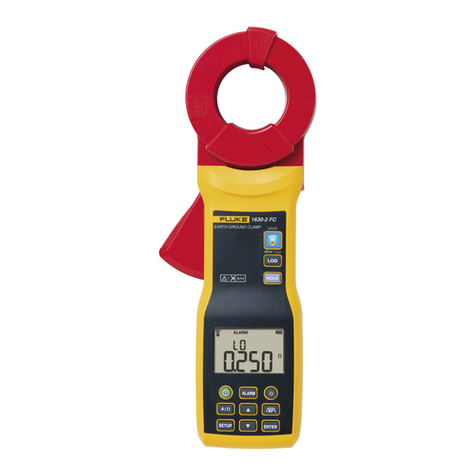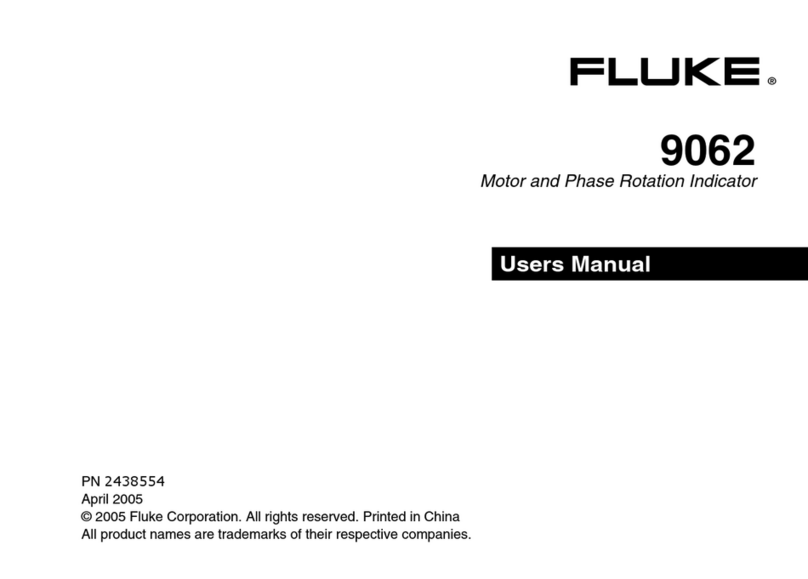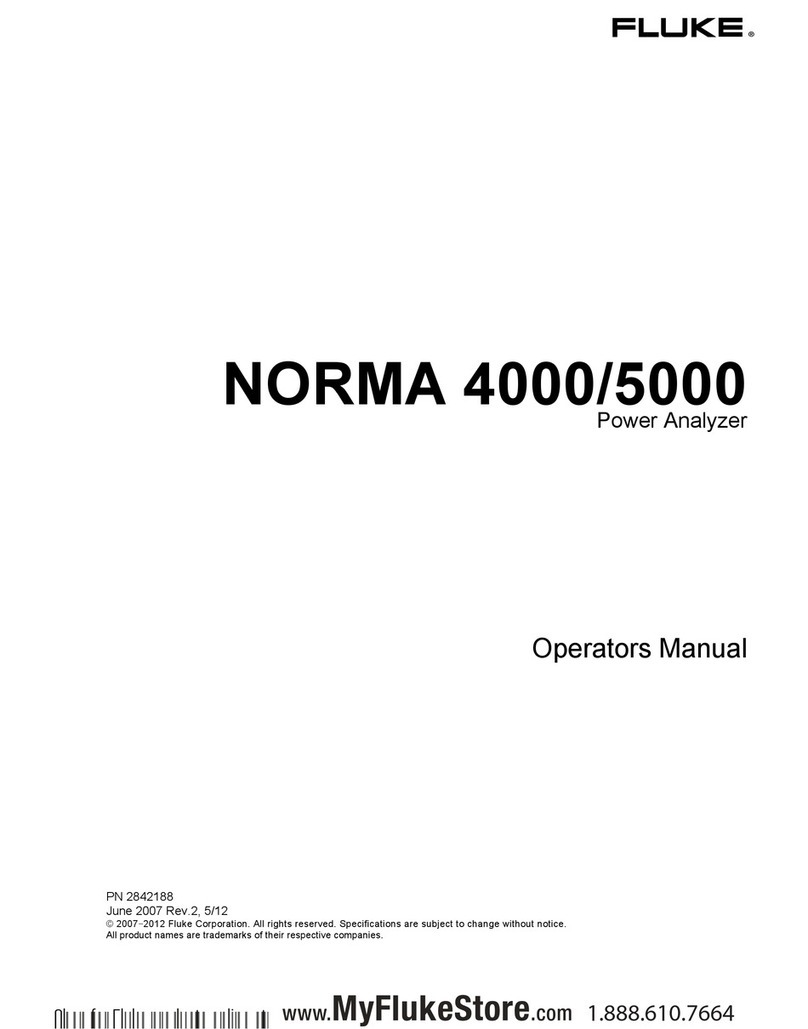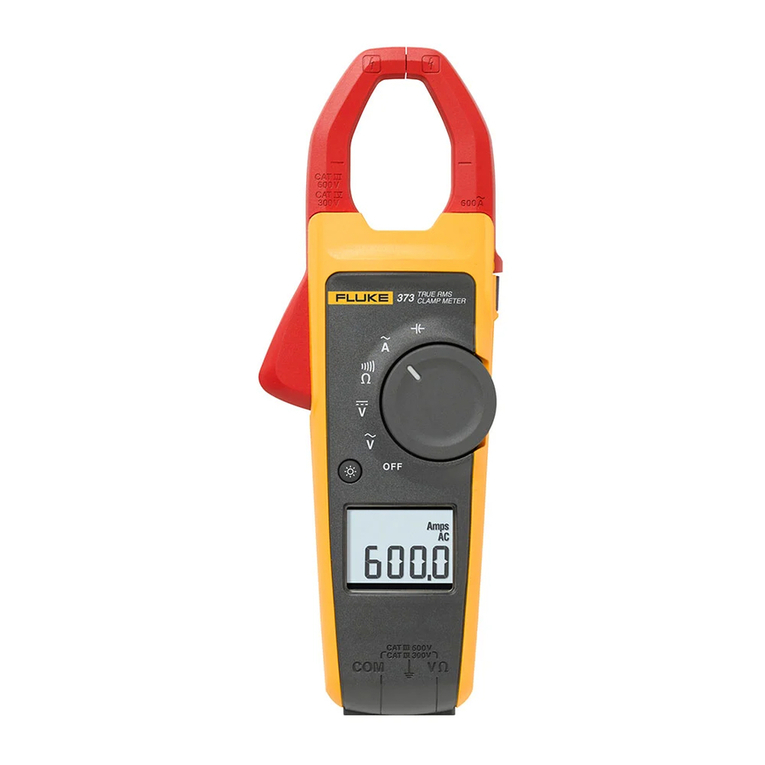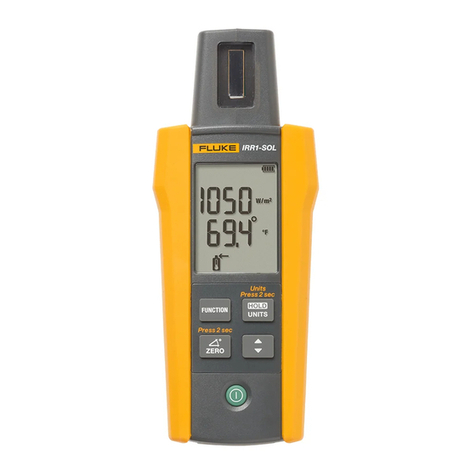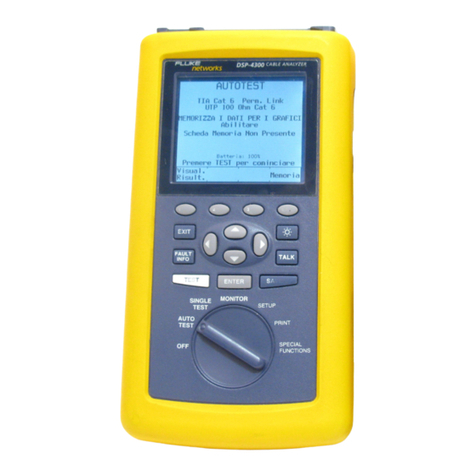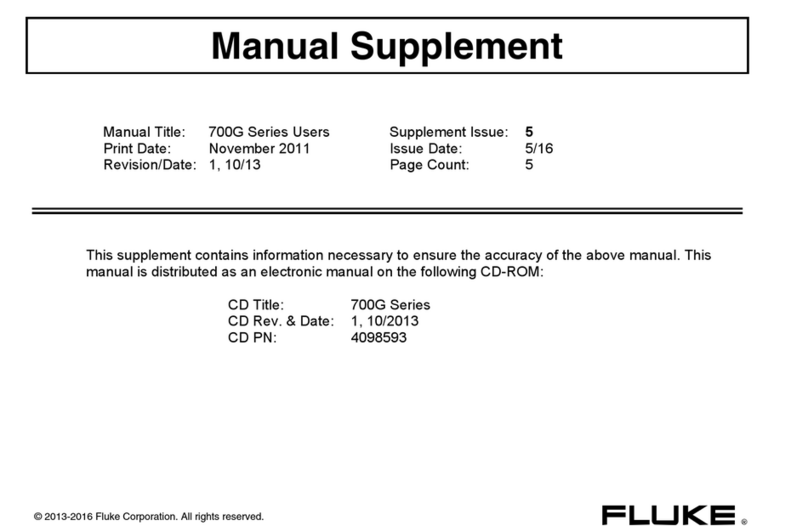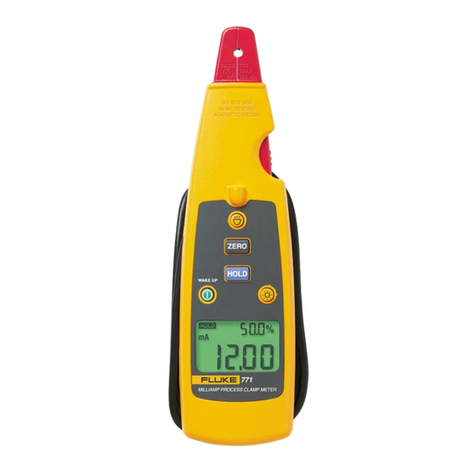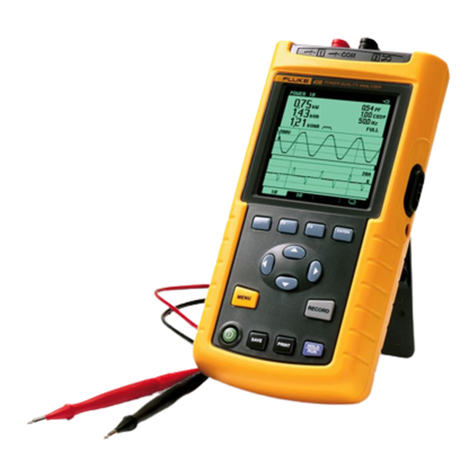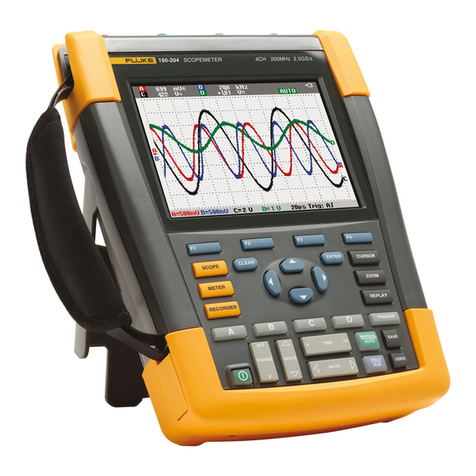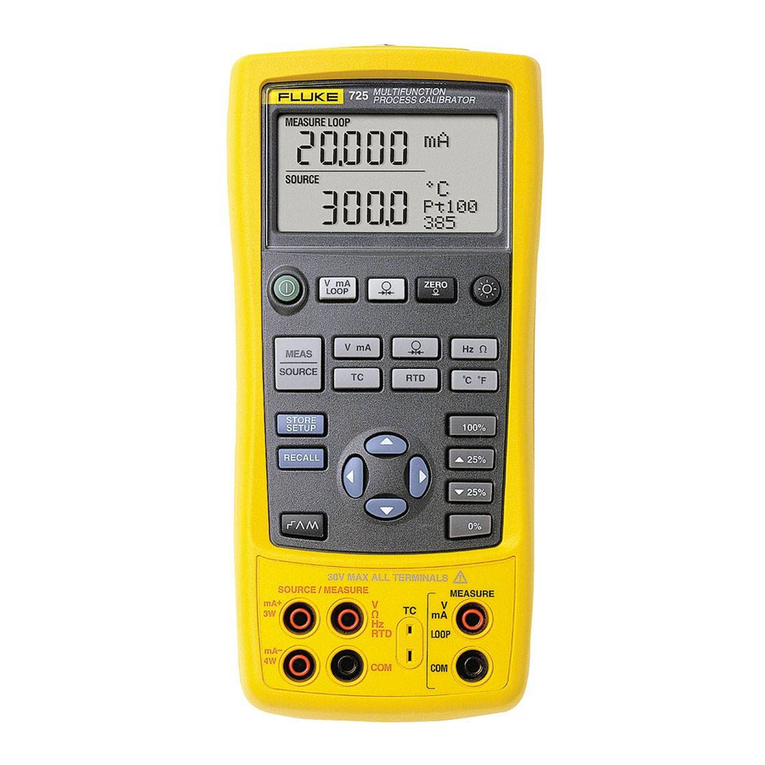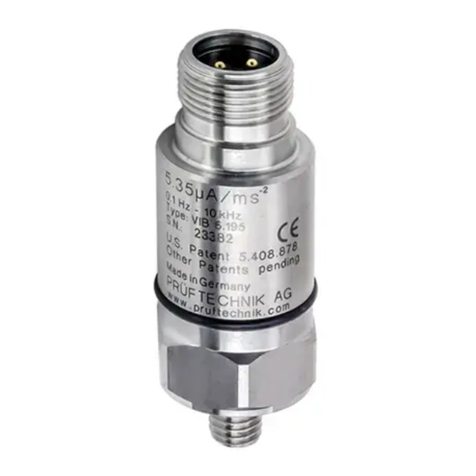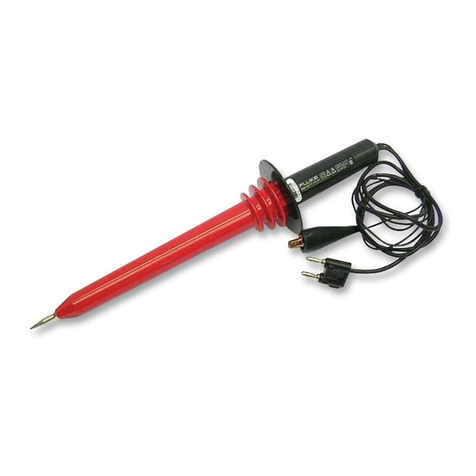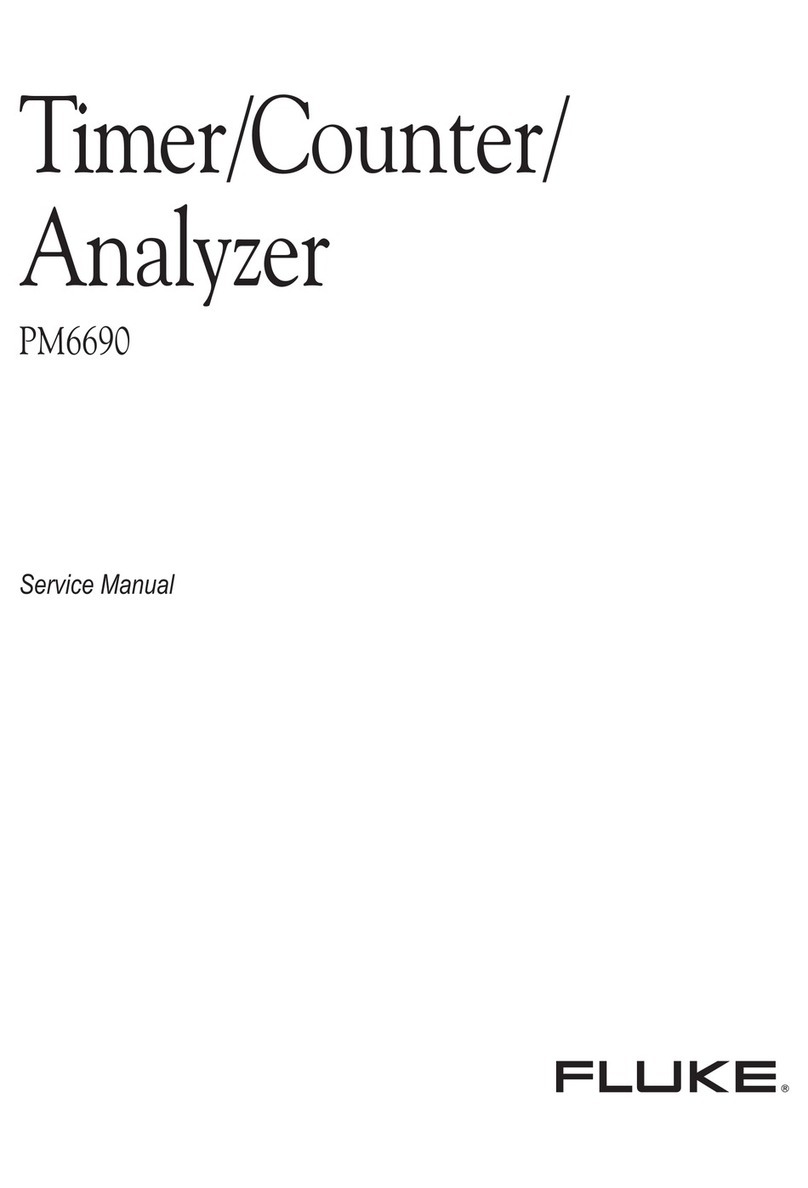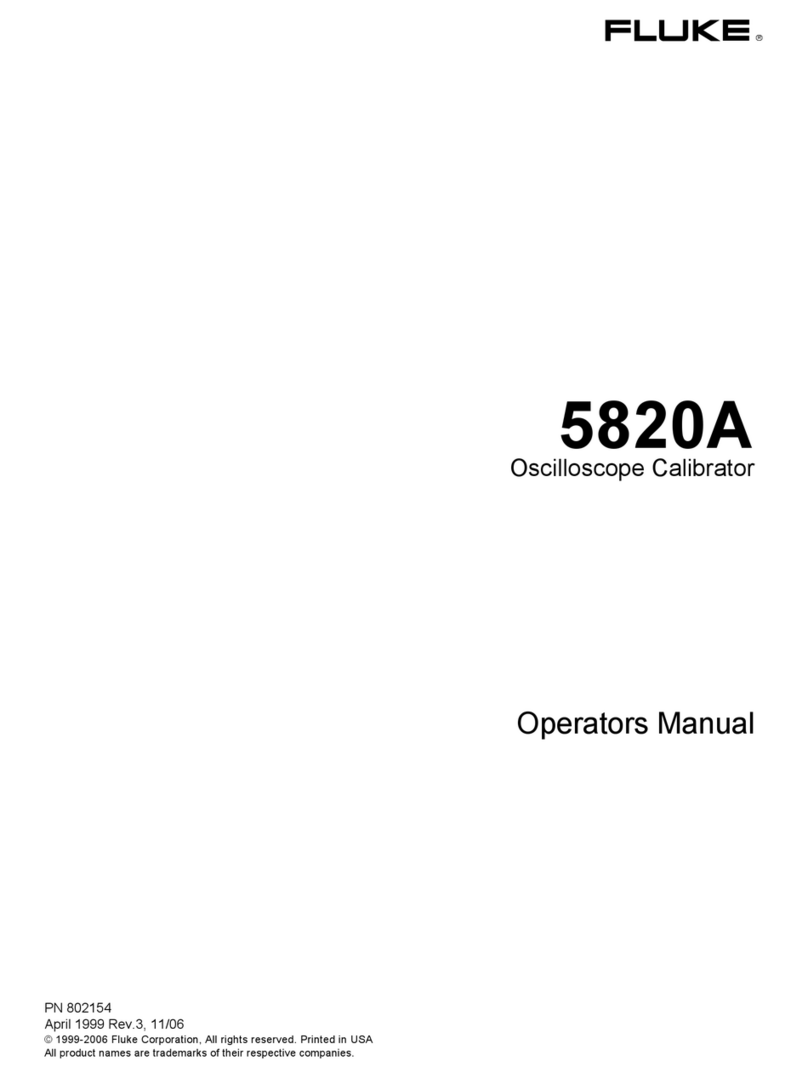
Page III © 2010 Fluke Calibration
Table Of Contents
Table Of Contents ................................................................ III
Tables ................................................................................. IV
Figures................................................................................ IV
About This Manual..................................................................v
1. Introduction .....................................................................1
1.1 Product Overview...................................................................................................................................1
1.2 Specifications.........................................................................................................................................2
1.2.1 General Specifications ............................................................................................................................ 2
1.2.2 Piston-Cylinder Assembly....................................................................................................................... 2
1.2.3 Pressure Measurements.......................................................................................................................... 2
2. Installation.......................................................................3
2.1 Unpacking and Inspection.....................................................................................................................3
2.1.1 Removing From Packaging..................................................................................................................... 3
2.1.1.1 Piston-Cylinder Assembly ...................................................................................................................... 3
2.1.2 Inspecting Contents................................................................................................................................. 4
2.1.2.1 PG7607 Platform ................................................................................................................................... 4
2.1.2.2 Piston-Cylinder Assembly ...................................................................................................................... 5
2.2 Initial Setup.............................................................................................................................................5
2.2.1 CCP Pressure Connection....................................................................................................................... 5
2.2.2 Installing and Removing the Piston-Cylinder Assembly....................................................................... 5
3. Operation.........................................................................9
3.1 Controlled Clearance Pressure (CCP)..................................................................................................9
3.2 [HEAD].....................................................................................................................................................9
4. Maintenance, Adjustments and Calibration .......................11
4.1 Piston-Cylinder Assembly and Disassembly.....................................................................................11
4.2 Cleaning Piston-Cylinders...................................................................................................................12
4.3 Piston-Cylinder Recalibration .............................................................................................................12
4.3.1 Mass of the Cylinder.............................................................................................................................. 12
4.4 Disassembly of Piston Retaining Assembly......................................................................................12
4.4.1 Disassembly Procedure......................................................................................................................... 13
4.4.2 Reassembly Procedure.......................................................................................................................... 14
5. Troubleshooting .............................................................15
5.1 Overview ...............................................................................................................................................15
